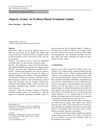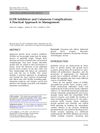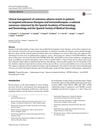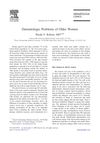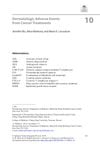Essential Thrombocythemia: The Dermatologic Point of View
September 2015
in “
Clinical lymphoma myeloma & leukemia/Clinical lymphoma, myeloma and leukemia
”
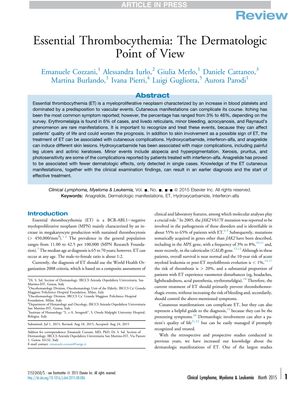
TLDR Recognizing and treating skin symptoms in essential thrombocythemia is crucial for patient quality of life.
Essential thrombocythemia (ET) is a myeloproliferative neoplasm marked by increased blood platelets and a tendency for vascular events, with cutaneous manifestations complicating its course. Itching was the most common symptom, reported in 3%-46% of cases, while erythromelalgia occurred in 6%. Rare manifestations included livedo reticularis, minor bleeding, acrocyanosis, and Raynaud's phenomenon. Recognizing and treating these symptoms was crucial for patient quality of life and prognosis. ET treatments like hydroxycarbamide, interferon-alfa, and anagrelide could cause skin lesions, with hydroxycarbamide linked to severe complications such as painful leg ulcers and actinic keratoses, and minor issues like alopecia and hyperpigmentation. Interferon-alfa could cause xerosis, pruritus, and photosensitivity, while anagrelide had fewer dermatologic effects. Early diagnosis and treatment were essential for managing ET effectively.
